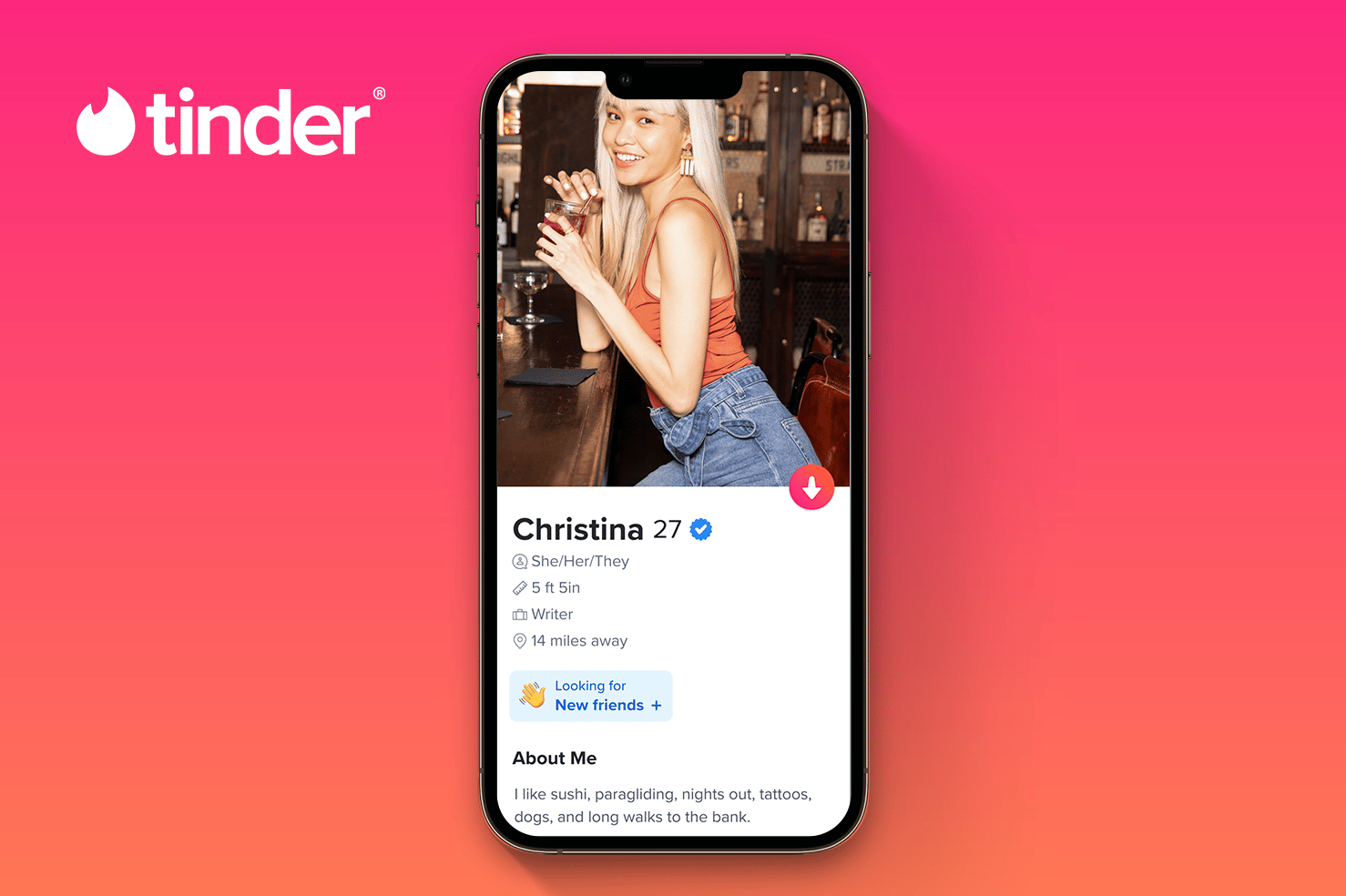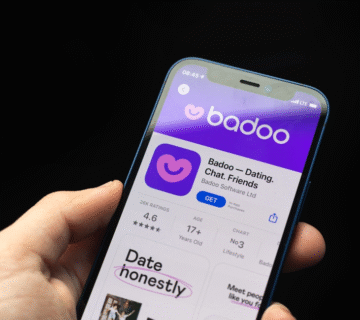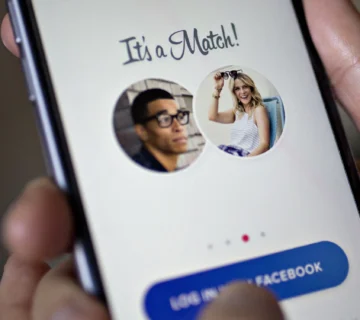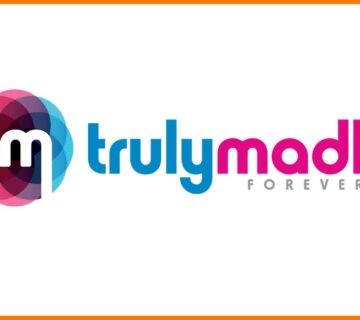If you’re searching for love or just a fun night out in 2025, the battle between eHarmony and Tinder.com is front and center. Both platforms are household names in online dating, but they serve very different communities, deliver contrasting experiences, and offer unique paths toward romance.
1. eHarmony vs. Tinder: Purpose and Philosophy
-
eHarmony: Built for serious relationships and marriage. Its foundation lies in a comprehensive personality and compatibility test that powers high-quality match recommendations. eHarmony uses psychological principles and advanced compatibility algorithms to connect people likely to have long-term relationship success.
-
Tinder: Best known for casual dating, hookups, and spontaneous connections. Tinder’s claim to fame is its addictive swipe-based matching: users see one profile at a time, swipe right to “like” or left to “pass.” It’s a low-barrier, fun-first experience, ideal for younger daters and those not ready for the commitment of a long profile form.
Bottom line: eHarmony is for those seeking a committed, serious partner; Tinder is geared toward casual dating, quick chats, and exploring a wide variety of singles at speed.
2. Profile Setup and User Experience
eHarmony
-
Requires a detailed compatibility questionnaire (up to 80 questions, about 20 minutes).
-
You’re shown a select list of matches with high compatibility percentages, calculated using personality traits, values, interests, and relationship goals.
-
Messaging and many features are locked behind a paid plan.
-
The interface is calm, methodical, and focused on depth and connection.
Tinder
-
Minimal profile setup: Add a few photos, a brief tagline or bio, age, and location.
-
Instantly start swiping through local users—profiles are primarily photo-based with minimal details.
-
You control your experience: swipe, chat, match, and organize real-life meetups at your pace.
-
Messaging and all basic features are free; extras require a paid plan.
User tip: eHarmony offers a “curated” experience, while Tinder places control in the user’s hands and lets you seek connections on your own terms.
3. User Demographics: Who Uses Each App?
| Attribute | eHarmony | Tinder.com |
|---|---|---|
| Typical Age Range | 35–45+ years | 18–30 years; major Gen Z base |
| Gender Ratio | Even mix (48% men/52% women) | More men (61% men/39% women) |
| User Goals | Marriage, committed relationships | Casual dating, fun, hookups |
| Verified Profiles | Heavy verification, fewer fakes | Moderation tools, but more fakes and spam |
Tinder’s sheer volume (75M+ MAU) appeals more to younger users in cities and those wanting to keep options open. eHarmony skews older with users seriously investing in finding “the one.”
4. Features and Matching Algorithms
eHarmony:
-
32 Dimensions of Compatibility: In-depth test powers daily matches tailored just for you.
-
Daily Reports: Learn exactly why you’re compatible—get a breakdown of traits, goals, and potential roadblocks.
-
Video Dates and RelyID: Premium members can set up video chats and verify their identity for added safety.
-
Favorites, Smiles, and “What If”: Extra engagement tools to maximize match potential.
Tinder:
-
Instant Swiping: Unlimited browsing of singles nearby and worldwide with Tinder Passport (paid).
-
Photo-first Focus: Connect accounts to Instagram, Spotify, or add interests, but emphasis stays on visuals.
-
Boosts and Super Likes: Gain more visibility and catch people’s attention.
-
Location-based Matching: See who’s close and meet up fast.
5. Costs: Which Is More Affordable?
-
Tinder: Free version available; premium plans (Plus, Gold, Platinum, Select) start as low as $13–$26/month depending on features and duration.
-
eHarmony: Paid membership required for most communication; prices typically much higher (often $45–$65/month or more with long-term discounts).
Tinder is a budget-friendly option with flexible upgrades; eHarmony requires a greater financial commitment upfront but delivers greater depth in matching.
6. Results: Romance, Success Stories, and User Satisfaction
-
eHarmony boasts thousands of verified success stories and claims credit for hundreds of marriages every year.
-
Tinder enables millions of dates every month, but official “success stories” are harder to come by and are mixed with stories about ghosting, casual hookups, and fleeting encounters.
User reviews are mixed for both:
-
Some eHarmony members report high satisfaction with match quality, while others are frustrated by subscription terms, repetitive matches, and occasional fake or inactive profiles.
-
Tinder gets high marks for fun and volume, but faces complaints about spam, shallow connections, and gender imbalances.
7. User Reviews and Reputation
eHarmony: Higher scores for safety, compatibility, and relationship outcomes. Issues reported around long-term contracts, cost, and limited pool in some regions.
Tinder: More active users, especially for younger daters. Some frustration with lack of depth, fake/spam profiles, and competition for women. But many also credit Tinder with successful, fun relationships.
8. Which One Should You Choose?
-
Choose eHarmony if: You’re 30+, want a long-term partner, are ready for deep personal reflection, and are willing to invest time and money for meaningful connections.
-
Choose Tinder if: You’re looking for casual connections, want to swipe, chat, and date at your own speed, and you’re under 35 or living in a big city.
Read More: Does Anyone Actually Use Tinder.com? A Comprehensive 2025 Analysis
9. Safety and Best Practices
No matter the platform, use common sense and protect your privacy. For authoritative dating safety advice, check the Federal Trade Commission’s official resource.






[…] Read More: eHarmony vs. Tinder.com: Which Dating App Is Better for You in 2025? […]